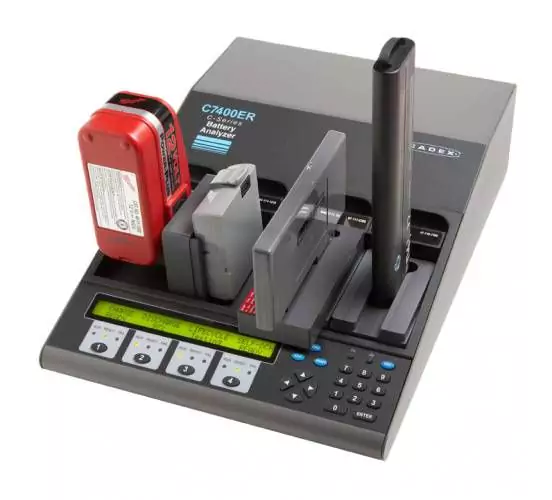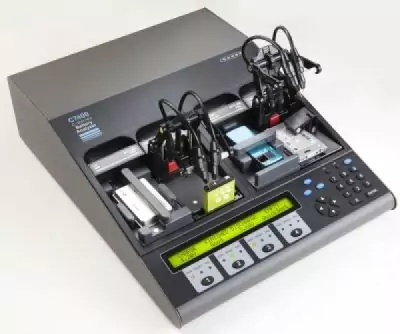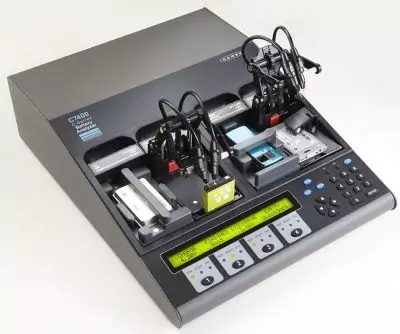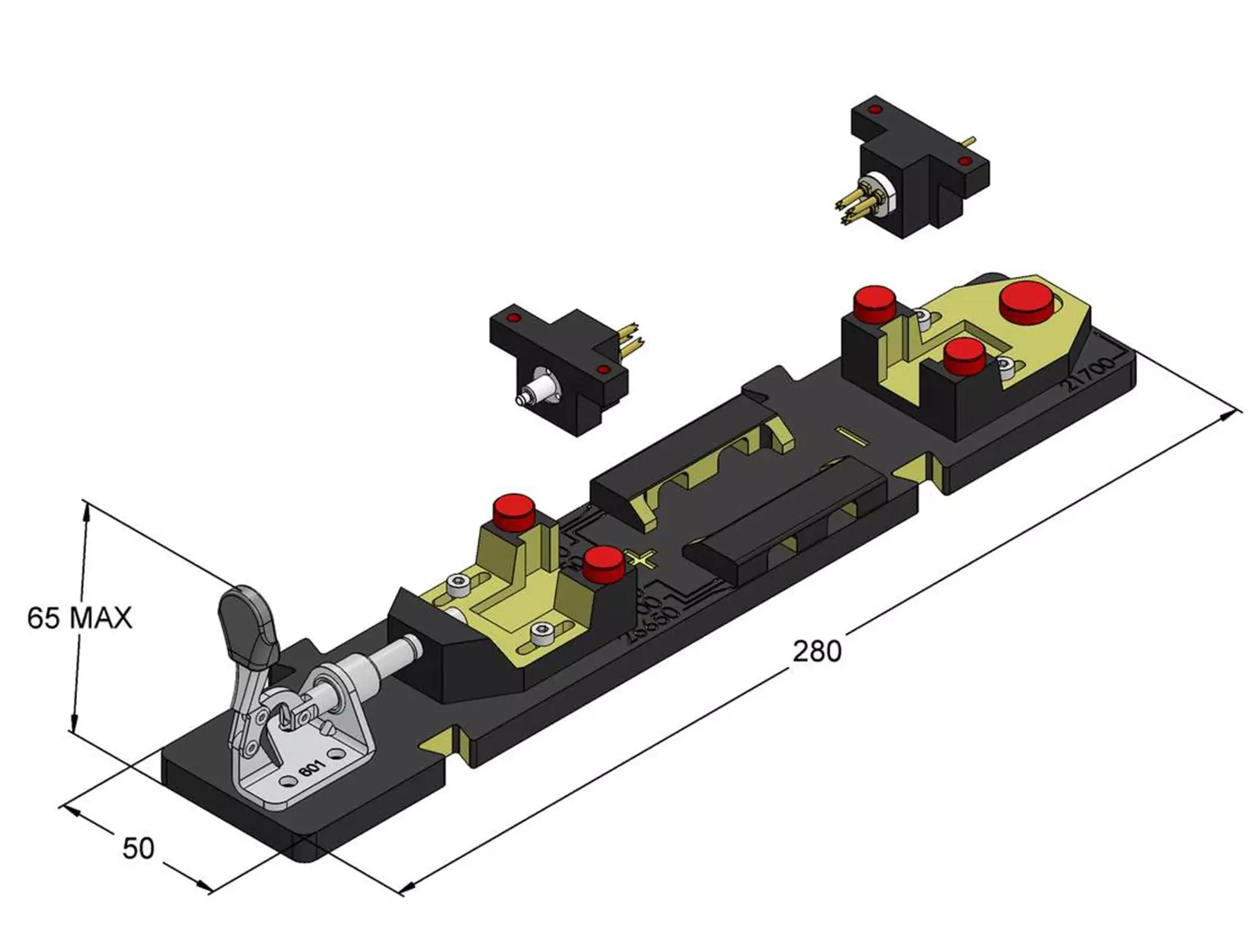Assessing Remaining Battery Life
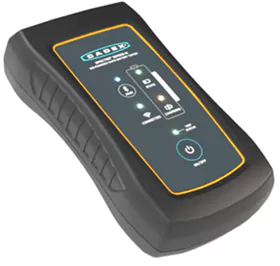
Spectro Modular estimates the remaining useful life (RUL) of a starter battery by assessing capacity and CCA. Capacity embodies electrical storage and CCA represents cranking ability.
Starter batteries have two common end-of-life scenarios:
- Capacity fade
Gradual loss of energy storage goes unnoticed until the engine stops cranking. Auxiliary loads in modern cars hasten capacity fade. - Heat failure
Corrosion raises the internal resistance that slows cranking. Sulfation caused by partial charge also increases resistance.
End of battery life in most cases is defined by capacity fade. A capacity check identifies batteries in the fringe area marked in amber in the image below. The Spectro CA-12 assesses capacity by electrochemical impedance spectroscopy (EIS).
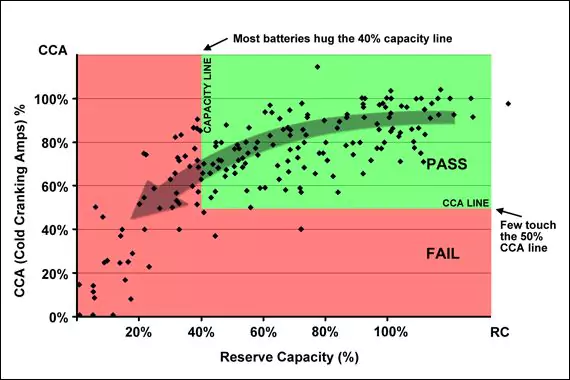
How Batteries Age
A German luxury car makertested the capacity and CCA of 175 starter batteries, shown as stars on the left. The test confirms that capacity is the leading health indicator.A CCA measurement alone does not provide reliable data.
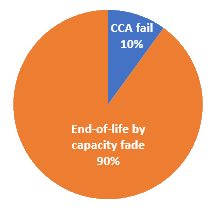
End-of-life tstarter batteries
Battery Definition
- Capacity
Storage of electrical energy in RC (Reserve capacity) or Ah, capacity loss is shown as a rock buildup. - CCA
Responsible for engine cranking,
illustrated by free-flowing tap. - SoC
Liquid level denotes state-of-charge.
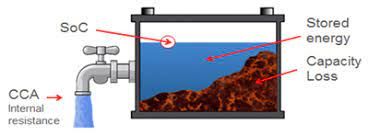
Graphic illustration of capacity and CCA




